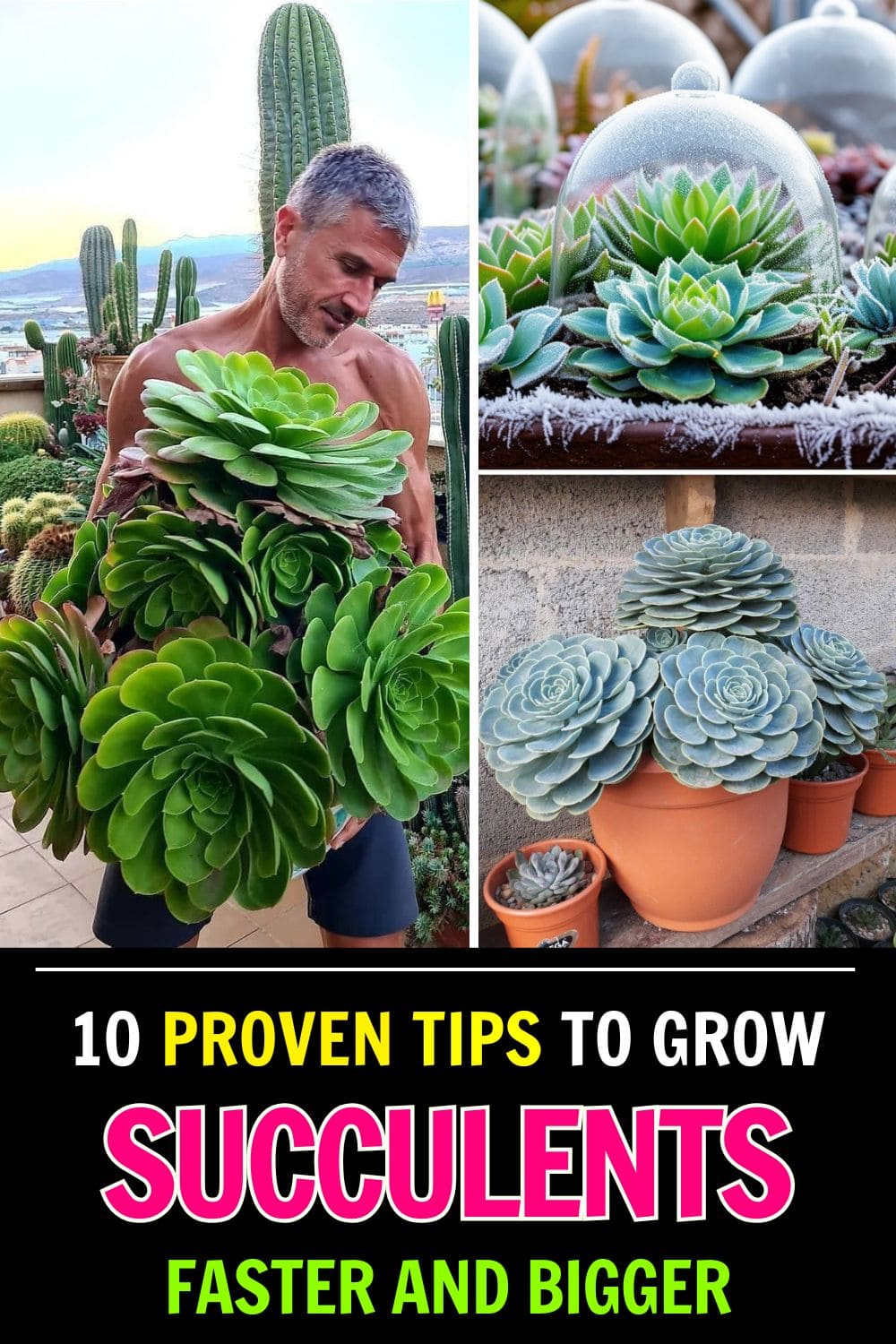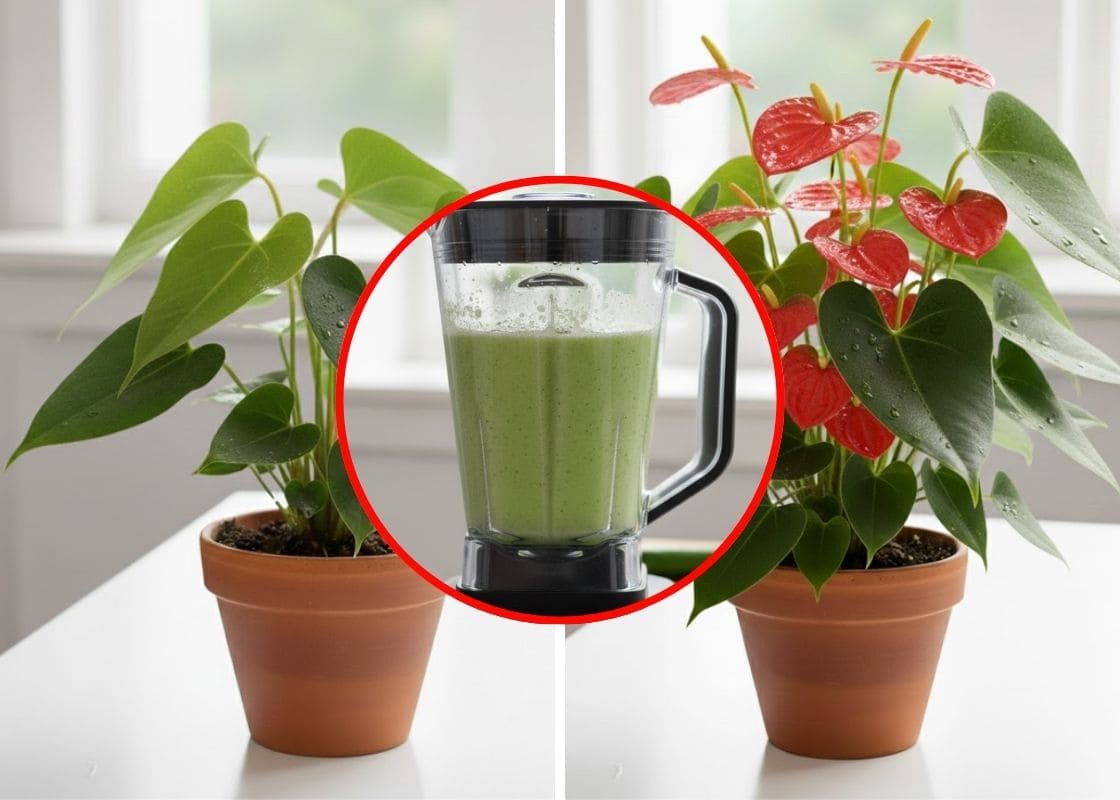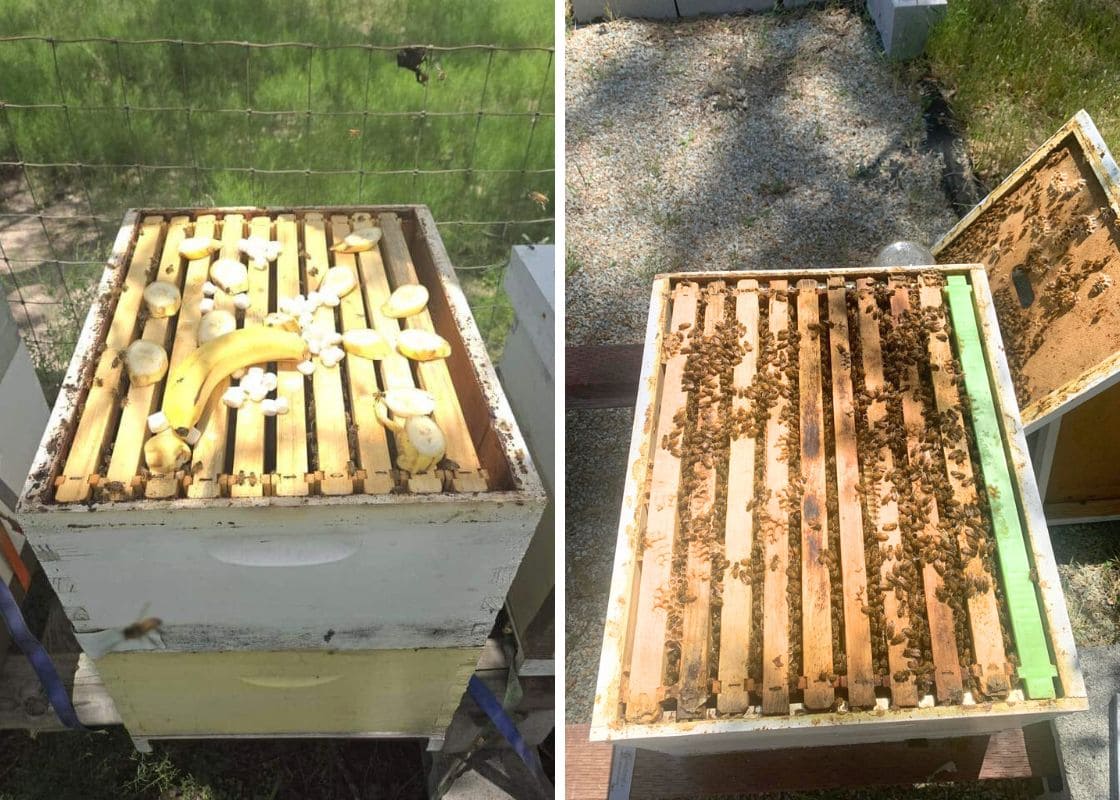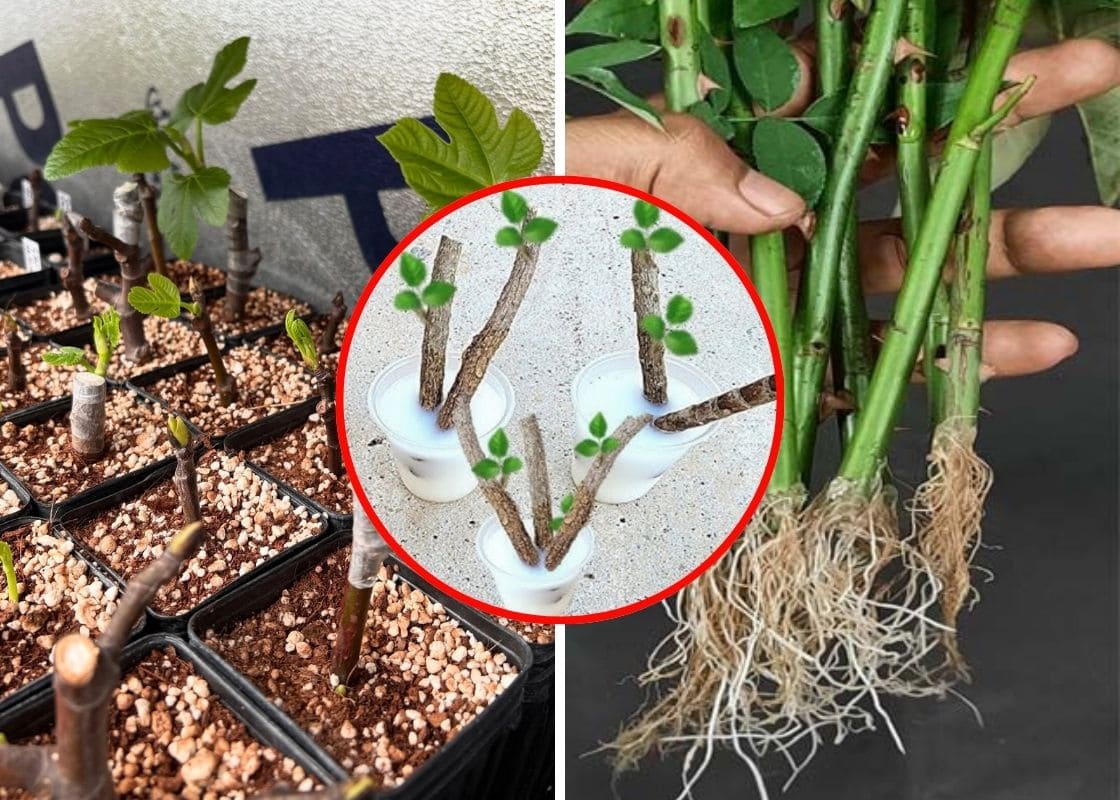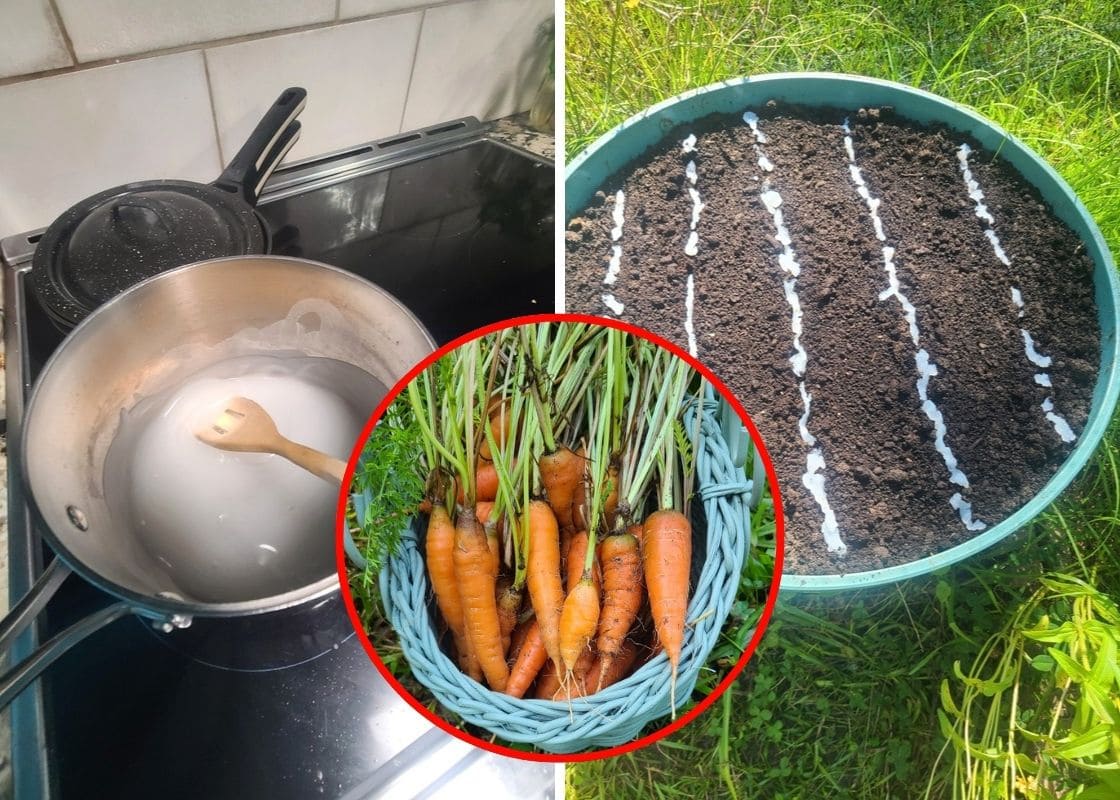Succulents are known for being slow-growing, low-maintenance plants, but not all of them are destined to stay small.
With the right care and environment, some species can turn into bold, architectural giants that steal the spotlight in any garden or indoor space.
If you’ve ever dreamed of turning your modest aloe or kalanchoe into a statement piece, you’re not alone. And yes, with a little effort and patience, it’s absolutely possible.
Here’s how to help your giant succulents grow faster, stronger, and more stunning without compromising their health.
1. Start with the Right Kind of Succulent
The truth is, not all succulents are created equal when it comes to size and growth rate.
If your goal is big, dramatic plants, you’ll want to choose varieties that naturally have the potential to grow large. Think beyond your average echeveria.
Species like Agave americana, Kalanchoe beharensis, Aloe ferox, and Aeonium arboreum are much better suited to achieve that bold, oversized look.
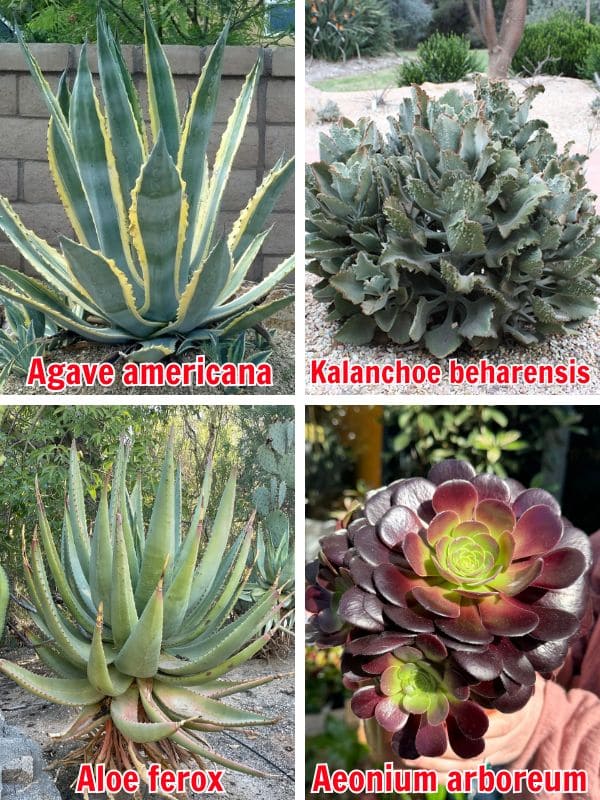
These succulents already have a reputation for developing impressive foliage and thick stems with the right encouragement.
Starting with these varieties puts you on the fast track toward success, while trying to force a tiny haworthia to become a giant will only lead to disappointment.
2. Give Succulents All the Sun They Crave
Most giant varieties come from sunny, arid regions, so mimicking those conditions is essential. Aim for at least six hours of full, direct sunlight per day.
If you’re growing outdoors, place your plant where it will catch morning and afternoon sun. For indoor growers, a south-facing window usually works best.
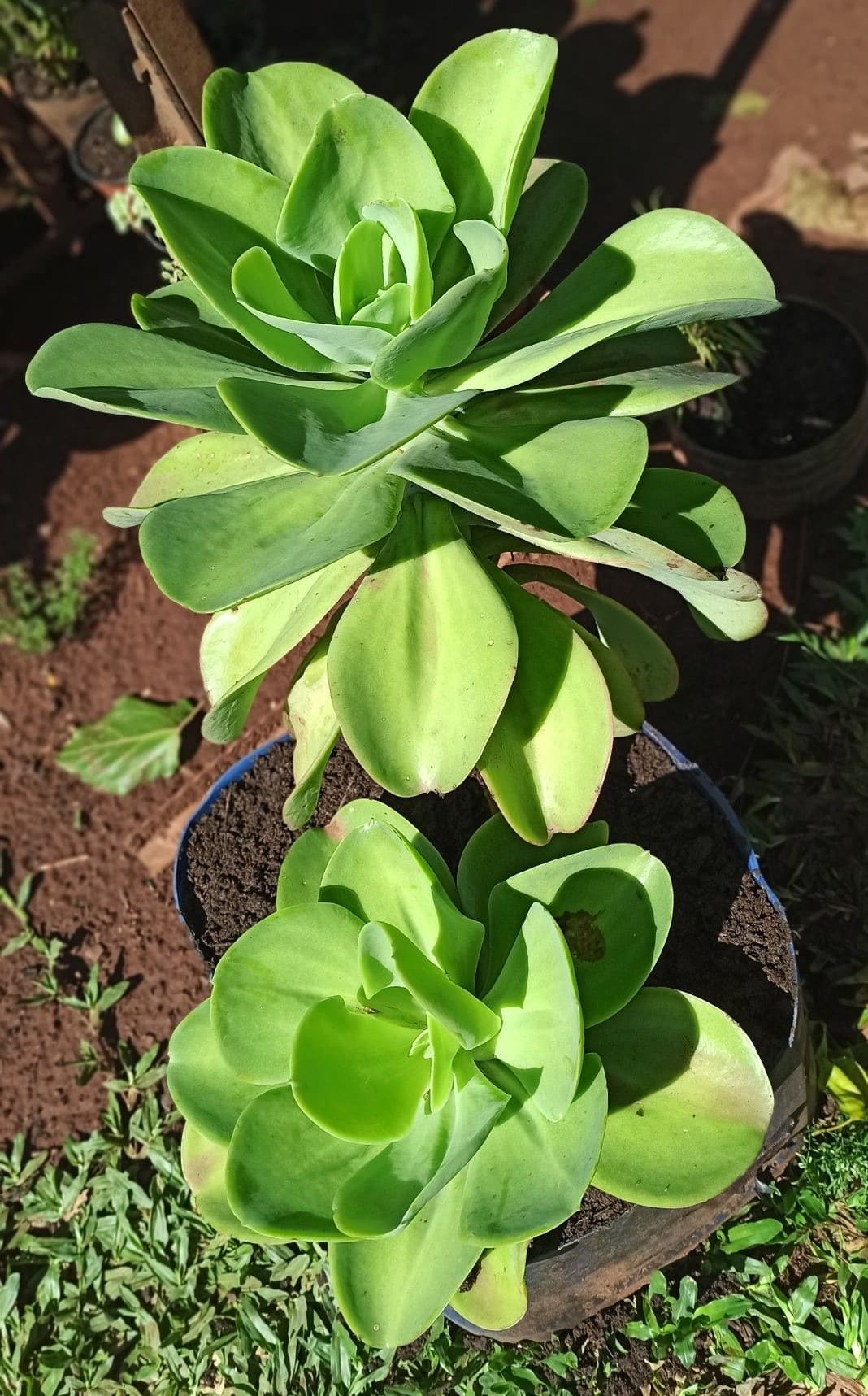
If your plant starts to stretch, becoming tall and leggy, it’s not getting enough light. In low-light homes or during the winter months, a grow light can make a massive difference.
A full-spectrum LED grow light placed 12-18 inches above your plant for 10-12 hours a day will keep things moving even when the sun isn’t doing the job.
3. Use a Container That Encourages Growth
Succulents respond to the space they’re given. If you keep your plant in a small, tight pot, it will stay small.
To encourage faster growth, choose a pot that’s just slightly larger than the root ball. This gives roots enough space to stretch and absorb more nutrients without drowning them in wet soil, which can lead to rot.
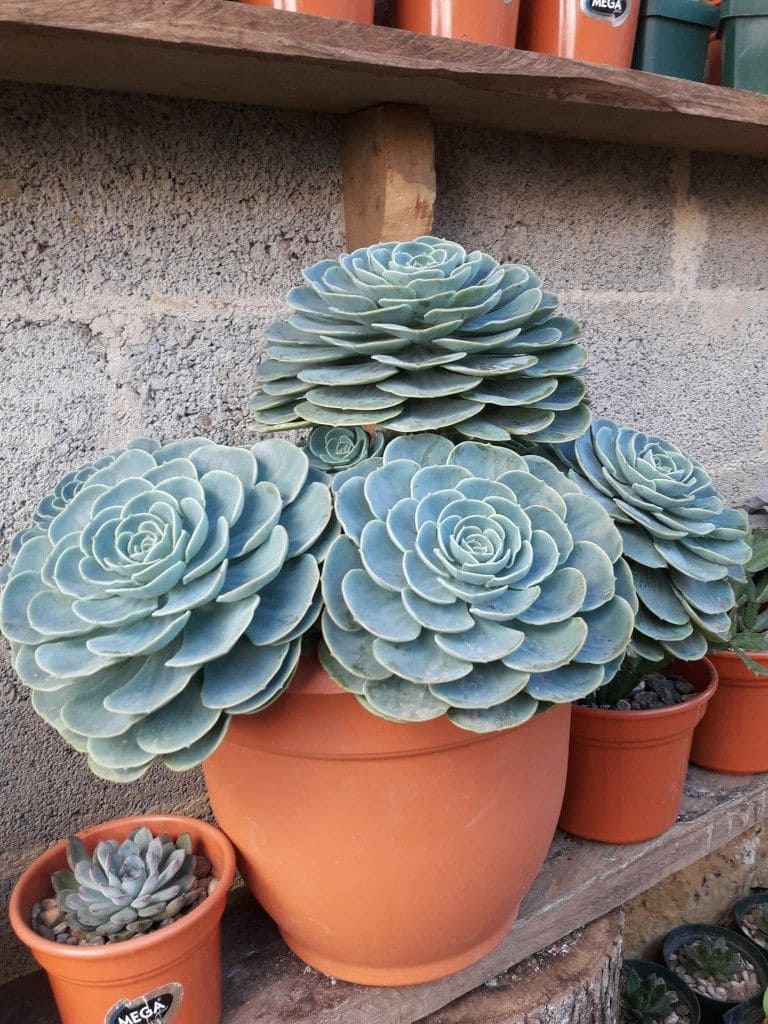
Terracotta or unglazed ceramic pots are ideal because they allow air to move through the sides of the pot, which helps roots dry out between waterings.
And always make sure the pot has drainage holes. Healthy roots mean happy, fast-growing plants.
4. Feed the Soil, Not Just the Succulent Plant
Most succulent soil mixes are designed to drain quickly, which is great for preventing rot, but not so great when it comes to holding nutrients.
If your goal is faster, bigger growth, you need to add some richness back into the mix.
Choose a well-draining base like cactus soil, and amend it with a small amount of compost or worm castings to provide long-term nutrition without overwhelming the plant.
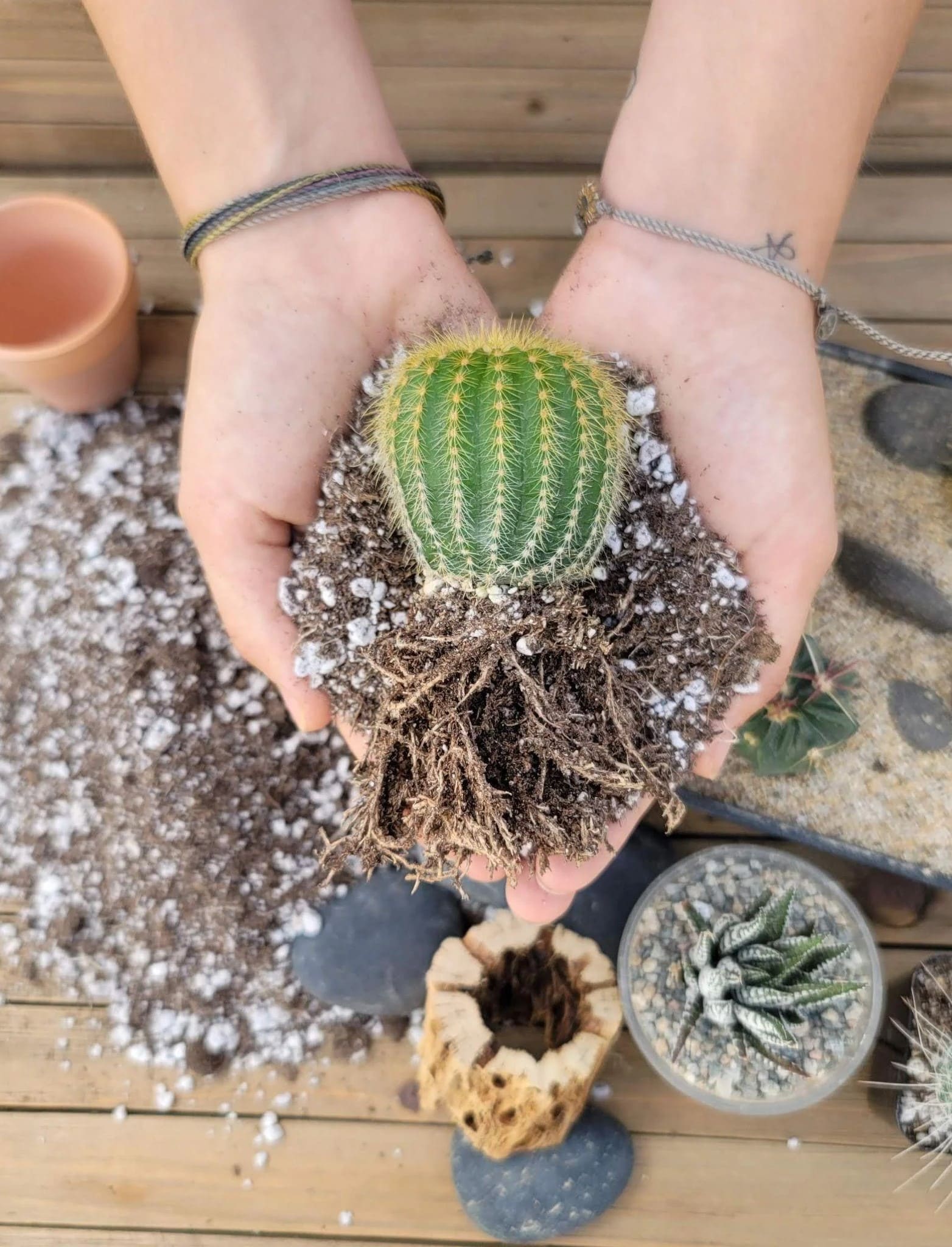
For a faster boost, consider feeding your succulent with a balanced liquid fertilizer once a month during the active growing season (spring through early fall).
Just make sure to dilute it to half strength as succulents don’t need heavy feeding and too much can lead to soft, leggy growth.
In winter, hold off on feeding altogether to give the plant a natural rest period.
5. Water Deeply, But Infrequently
It might sound counterintuitive, but to grow faster, succulents need more water than most people think, just not often.
Instead of shallow sips, give your plant a thorough soak when the soil is completely dry. Water until you see it drain from the bottom of the pot, then leave it alone until the mix has dried out again.
This encourages roots to grow deeper, stronger, and wider, allowing the plant to take up more nutrients and support a bigger body.
Besides, shallow watering, on the other hand, promotes weak roots that keep the plant small and slow.
Always adjust your watering habits based on the season as plants need more hydration in the heat and much less when they’re dormant.
6. Don’t Be Afraid to Repot Succulents
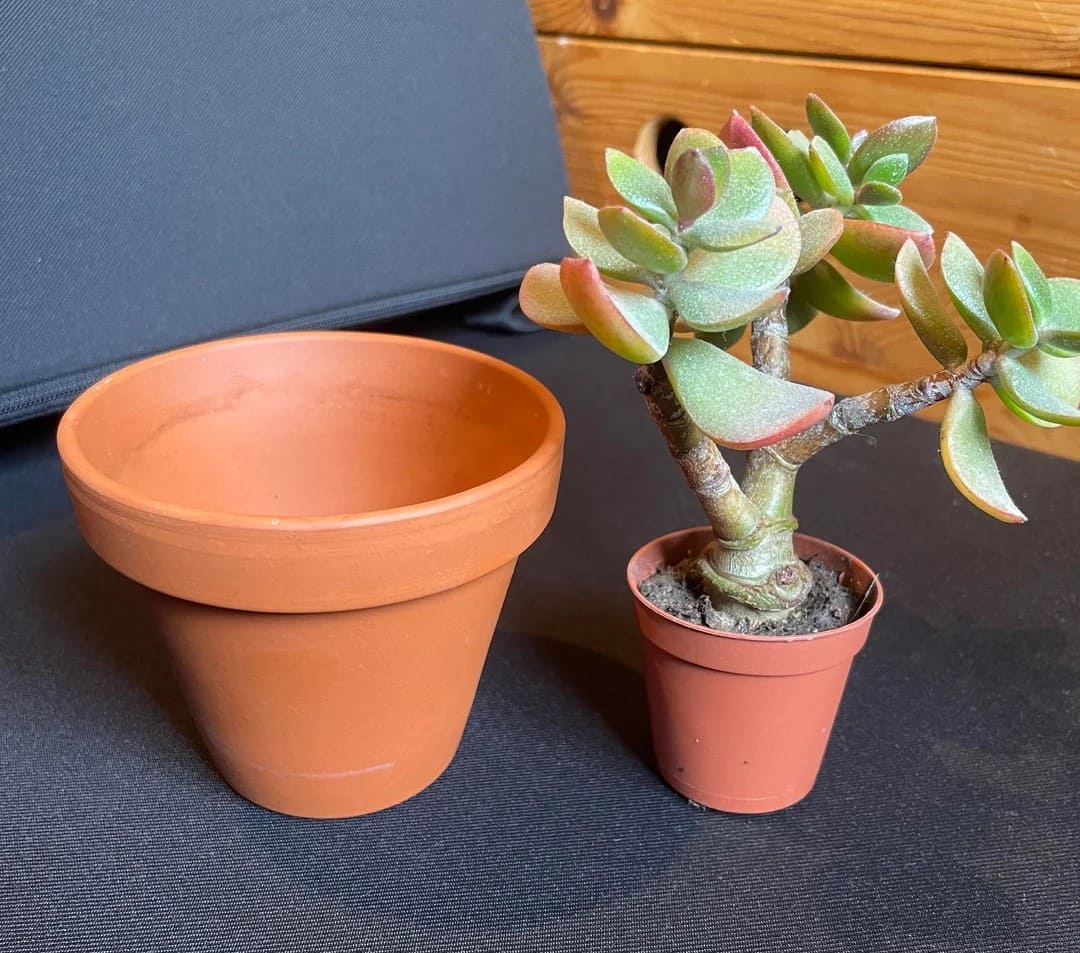
As your succulent grows, it will eventually outgrow its container. When roots begin circling the bottom or popping out of the drainage holes, it’s time to repot.
Moving your plant into fresh soil and a slightly larger pot not only gives it space to expand but also replenishes nutrients and aerates the roots.
Most fast-growing giant succulents benefit from repotting every 1-2 years.
When you do, be gentle with the roots and give the plant a few days to adjust before watering. Avoid repotting in the middle of winter or during active blooming stages.
7. Encourage Succulent Growth with Light Pruning
Trimming off flower stalks, dried leaves, or leggy stems helps redirect the plant’s energy toward new growth.
For rosette-forming succulents like echeverias or aeoniums, removing the bloom stalk as soon as it begins to dry out will help the plant focus on producing new leaves or offsets.
In some varieties, pruning can even trigger the development of pups (baby plants) or branching, giving your succulent a fuller, more dramatic appearance over time.
Always use clean, sharp tools and allow cuts to callous over before watering again.
8. Protect from Sudden Weather Stress
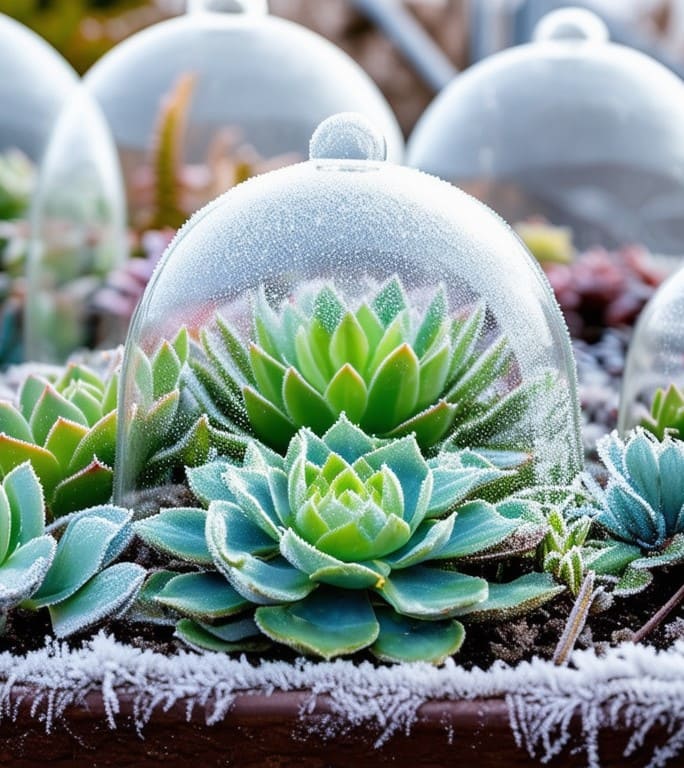
Giant succulents like consistent warmth and dry air. When temperatures drop below 50°F (10°C), many slow their growth or go dormant.
Protect your plants from temperature swings by moving potted succulents indoors or covering them with frost cloths in cooler climates.
Indoors, you should avoid placing them near drafty windows or heat vents, both of which can cause stress and delay growth.
Even sudden heatwaves can be damaging if the plant isn’t acclimated to full sun, so introduce it gradually to stronger light if you’ve moved it from indoors to outside.
A little extra care during weather transitions can prevent stunted growth and sun-scorched leaves.
9. Don’t Forget About Lighting During Winter
If you’re in a region with dark, overcast winters, your succulent’s growth might come to a standstill. That’s perfectly normal but if you’re determined to keep it growing year-round, a grow light can make all the difference.
You need to choose a full-spectrum LED grow light and keep it running for 10 to 12 hours a day during the darker months.
You won’t get explosive growth, but it will help your plant maintain its health and avoid dormancy stretching.
10. Patience Pays Off
Growing giant succulents is about creating the right conditions that let the plant thrive at its natural pace. With the right mix of sunlight, space, nutrients, and care, your succulents will reward you with steady, satisfying growth.
And when they do finally reach their impressive size, you’ll know every inch was earned with attention, curiosity, and a bit of love.
So, if you’ve got your eye on a show-stopping agave or a sprawling kalanchoe, give these methods a try. You’ll be amazed how much bigger and better your succulents can grow with just a few thoughtful changes.
